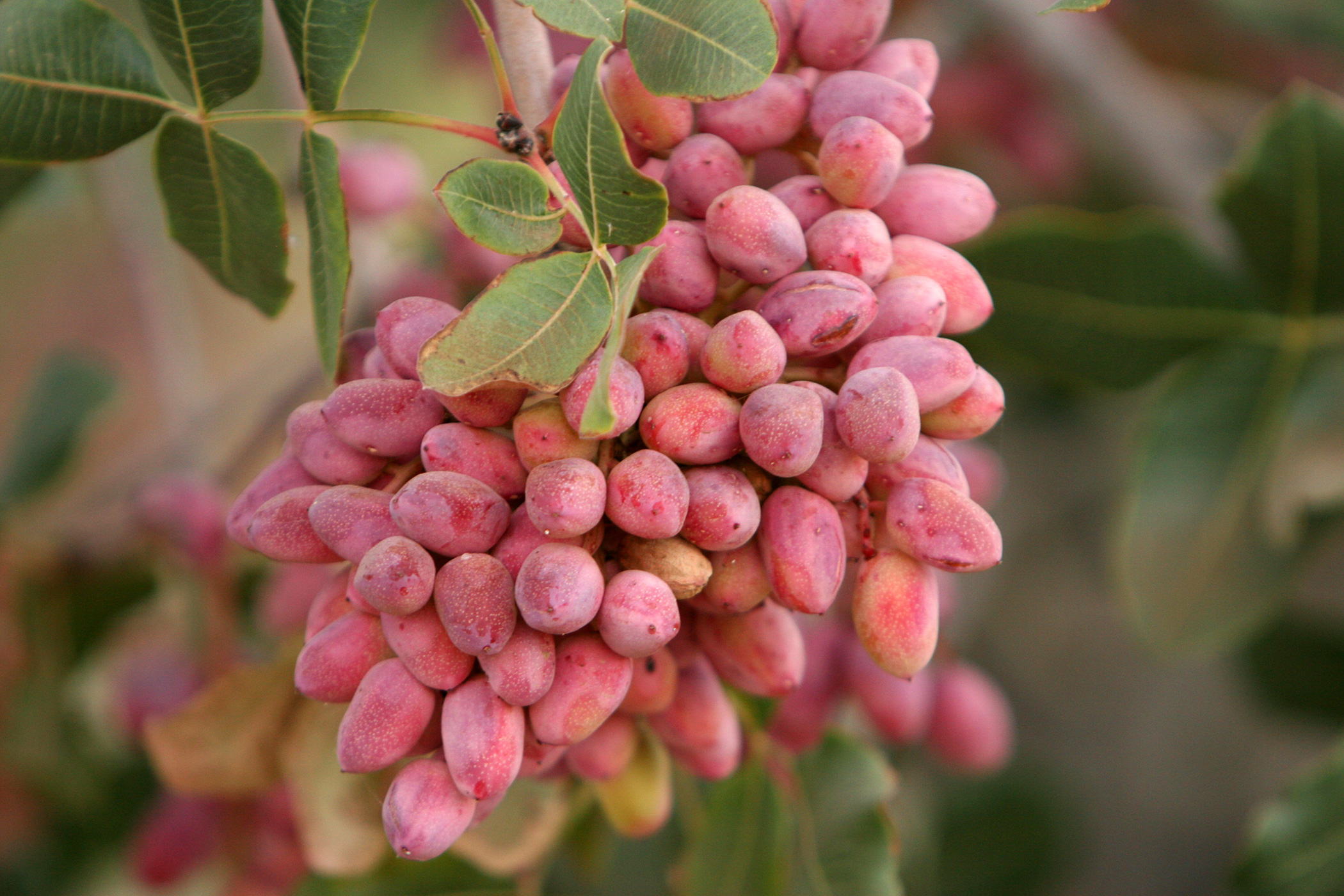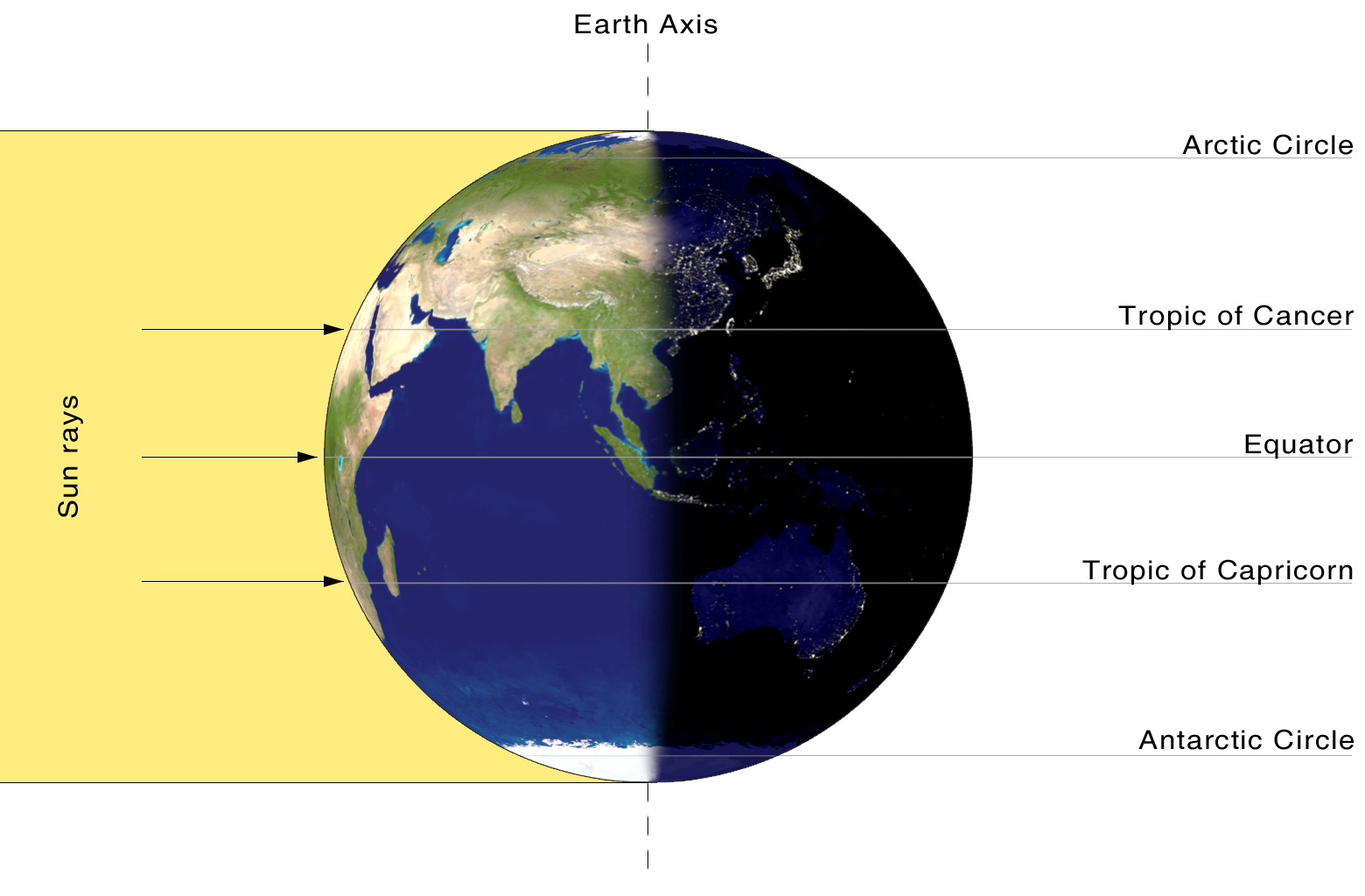|
Gosh-e Fil
Gosh-e fil (Persian: گُوش فيل; "elephant's ear") is a fried pastry from Iran and Afghanistan. The dough is shaped like an elephant ear (''goosh''), and deep-fried in oil. Each piece is then topped with chopped pistachios and powdered sugar. This sweet is mainly served with tea, especially during Nowruz. The dough is made by whisking eggs, milk and butter, then adding the mixture to the dry ingredients. Gosh-e fil and doogh The city of Isfahan, located in Iran, as well as the city of Mazar-i-Sharif are some of the prominent cities of Iran and Afghanistan known for their delicious sweets, in which gosh-e fil is eaten with a combination of local doogh (a combination of water and sour yogurt). This combination has long been rooted in the food culture of the local people and continues to this day. See also * List of doughnut varieties * List of fried dough varieties * List of desserts A dessert is typically the sweet Course (food), course that, after the entrée an ... [...More Info...] [...Related Items...] OR: [Wikipedia] [Google] [Baidu] |
Afghanistan
Afghanistan, officially the Islamic Emirate of Afghanistan, is a landlocked country located at the crossroads of Central Asia and South Asia. It is bordered by Pakistan to the Durand Line, east and south, Iran to the Afghanistan–Iran border, west, Turkmenistan to the Afghanistan–Turkmenistan border, northwest, Uzbekistan to the Afghanistan–Uzbekistan border, north, Tajikistan to the Afghanistan–Tajikistan border, northeast, and China to the Afghanistan–China border, northeast and east. Occupying of land, the country is predominantly mountainous with plains Afghan Turkestan, in the north and Sistan Basin, the southwest, which are separated by the Hindu Kush mountain range. Kabul is the country's capital and largest city. Demographics of Afghanistan, Afghanistan's population is estimated to be between 36 and 50 million. Ancient history of Afghanistan, Human habitation in Afghanistan dates to the Middle Paleolithic era. Popularly referred to as the graveyard of empire ... [...More Info...] [...Related Items...] OR: [Wikipedia] [Google] [Baidu] |
Dessert
Dessert is a course (food), course that concludes a meal; the course consists of sweet foods, such as cake, biscuit, ice cream, and possibly a beverage, such as dessert wine or liqueur. Some cultures sweeten foods that are more commonly umami, savory to create desserts. In some parts of the world, there is no tradition of a dessert course to conclude a meal. Historically, the dessert course consisted entirely of foods 'from the storeroom' (''de l’office''), including fresh, stewed, preserved, and dried fruits; nuts; cheese and other dairy dishes; Cookie, dry biscuits (cookies) and wafers; and ices and Ice cream, ice creams. Sweet dishes from the kitchen, such as freshly prepared pastries, meringues, custards, puddings, and baked fruits, were served in the Entremet, entremets course, not in the dessert course. By the 20th century, though, sweet entremets had come to be included among the desserts. The modern term ''dessert'' can apply to many sweets, including fruit, custard ... [...More Info...] [...Related Items...] OR: [Wikipedia] [Google] [Baidu] |
Fried Dough
Fried dough is a North American food associated with outdoor food stands in carnivals, amusement parks, fairs, rodeos, and seaside resorts. "Fried dough" is the specific name for a particular variety of fried bread made of a yeast dough; see the accompanying images for an example of use on carnival-booth signs. Fried dough is also known as fry dough, fry bread ( bannock), fried bread, doughboys, elephant ears, beaver tails, scones, pizza fritte, frying saucers (in the case of smaller pieces). These foods are virtually identical to each other and some yeast dough versions of beignets, and recognizably different from other fried dough foods such as doughnuts or fritters. Regional variants In Canadian cuisine, pieces of fried dough are sometimes called . According to Bill Castleman, a writer of books on Canadian word origins, the name referred to quick-baked dough "especially in early 19th-century places where people might camp for one night and where there was no fryin ... [...More Info...] [...Related Items...] OR: [Wikipedia] [Google] [Baidu] |
Pistachio
The pistachio (, ; ''Pistacia vera'') is a small to medium-sized tree of the Anacardiaceae, cashew family, originating in Iran. The tree produces nut (fruit)#Culinary definition and uses, seeds that are widely consumed as food. In 2022, world production of pistachios was one million tonnes, with the United States, Iran, and Turkey combined accounting for 88% of the total. Description The tree grows up to tall. It has deciduous, pinnate leaves long. The plants are dioecious, with separate male and female trees. The flowers are apetalous and unisexual and borne in panicles. The fruit is a drupe, containing an elongated seed, which is the edible portion. The seed, commonly thought of as a nut, is a nut (food), culinary nut, not a nut (fruit)#Botanical definition, botanical nut. The fruit has a hard, cream-colored exterior shell. The seed has a mauve-colored skin and light green flesh, with a distinctive flavor. When the fruit ripens, the shell changes from green to an autu ... [...More Info...] [...Related Items...] OR: [Wikipedia] [Google] [Baidu] |
Powdered Sugar
Powdered sugar, also called confectioners' sugar and icing sugar, is a finely ground sugar produced by milling granulated sugar into a powdered state. It usually contains between 2% and 5% of an anti-caking agent—such as corn starch, potato starch or tricalcium phosphate—to absorb moisture, prevent clumping, and improve flow. Although most often produced in a factory, a proxy for powdered sugar can be made by processing ordinary granulated sugar in a coffee grinder, or by crushing it by hand in a mortar and pestle. Use Powdered sugar is used in industrial food production when a quick-dissolving sugar is required. Home cooks use it principally to make icing or frosting and other cake decorations. It is often dusted onto baked goods to add a subtle sweetness and delicate decoration. Powdered sugar is available in varying degrees of fineness, most commonly XXX, XXXX, and 10X: the greater the number of Xs, the finer the particles. The most commonly used powdered sugars ar ... [...More Info...] [...Related Items...] OR: [Wikipedia] [Google] [Baidu] |
Persian Language
Persian ( ), also known by its endonym and exonym, endonym Farsi (, Fārsī ), is a Western Iranian languages, Western Iranian language belonging to the Iranian languages, Iranian branch of the Indo-Iranian languages, Indo-Iranian subdivision of the Indo-European languages. Persian is a pluricentric language predominantly spoken and used officially within Iran, Afghanistan, and Tajikistan in three mutual intelligibility, mutually intelligible standard language, standard varieties, respectively Iranian Persian (officially known as ''Persian''), Dari, Dari Persian (officially known as ''Dari'' since 1964), and Tajik language, Tajiki Persian (officially known as ''Tajik'' since 1999).Siddikzoda, S. "Tajik Language: Farsi or not Farsi?" in ''Media Insight Central Asia #27'', August 2002. It is also spoken natively in the Tajik variety by a significant population within Uzbekistan, as well as within other regions with a Persianate society, Persianate history in the cultural sphere o ... [...More Info...] [...Related Items...] OR: [Wikipedia] [Google] [Baidu] |
Pastry
Pastry refers to a variety of Dough, doughs (often enriched with fat or eggs), as well as the sweet and savoury Baking, baked goods made from them. The dough may be accordingly called pastry dough for clarity. Sweetened pastries are often described as ''Flour confections, baker's confectionery''. Common pastry dishes include pies, tarts, quiches, croissants, and Turnover (food), turnovers. The French word pâtisserie is also used in English (with or without the accent) for many of the same foods, as well as the set of techniques used to make them. Originally, the French word referred to anything, such as a meat pie, made in dough (''paste'', later ''pâte'') and not typically a luxurious or sweet product. This meaning still persisted in the nineteenth century, though by then the term more often referred to the sweet and often ornate confections implied today. Definitions The precise definition of the term pastry varies based on location and culture. Common doughs used to make ... [...More Info...] [...Related Items...] OR: [Wikipedia] [Google] [Baidu] |
Nowruz
Nowruz (, , () , () , () , () , Kurdish language, Kurdish: () , () , () , () , , , , () , , ) is the Iranian or Persian New Year. Historically, it has been observed by Iranian peoples, but is now celebrated by many ethnicities worldwide. It is a festival based on the March equinox, Northern Hemisphere spring equinox, which marks the first day of a new year on the Iranian calendars and the currently used Solar Hijri calendar; it usually coincides with a date between 19 March and 22 March on the Gregorian calendar. The roots of Nowruz lie in Zoroastrianism, and it has been celebrated by many peoples across West Asia, Central Asia, the Caucasus and the Black Sea Basin, the Balkans, and South Asia for over 3,000 years. In the modern era, while it is observed as a Secularism, secular holiday by most celebrants, Nowruz remains a holy day for Zoroastrians, Baháʼís, and Isma'ilism, Ismaʿili Shia Muslims. For the Northern Hemisphere, Nowruz marks the beg ... [...More Info...] [...Related Items...] OR: [Wikipedia] [Google] [Baidu] |
Isfahan
Isfahan or Esfahan ( ) is a city in the Central District (Isfahan County), Central District of Isfahan County, Isfahan province, Iran. It is the capital of the province, the county, and the district. It is located south of Tehran. The city has a population of approximately 2,220,000, making it the third-most populous city in Iran, after Tehran and Mashhad, and the second-largest metropolitan area. Isfahan is located at the intersection of the two principal routes that traverse Iran, north–south and east–west. Isfahan flourished between the 9th and 18th centuries. Under the Safavid Iran, Safavid Empire, Isfahan became the capital of Iran, for the second time in its history, under Abbas the Great. It is known for its Persian architecture, Persian–Islamic architecture, Muslim architecture, grand boulevards, covered bridges, palaces, tiled mosques, and minarets. Isfahan also has many historical buildings, monuments, paintings, and artifacts. The fame of Isfahan led to the ... [...More Info...] [...Related Items...] OR: [Wikipedia] [Google] [Baidu] |
Mazar-i-Sharif
Mazar-i-Sharīf ( ; Dari and ), also known as Mazar-e Sharīf or simply Mazar, is the fifth-largest city in Afghanistan by population, with the estimates varying from 500,000-680,000. It is the capital of Balkh province and is linked by highways with Kunduz in the east, Kabul in the southeast, Herat in the southwest and Termez, Uzbekistan in the north. It is about from the Uzbek border. The city is also a tourist attraction because of its famous shrines as well as the Islamic and Hellenistic archeological sites. The ancient city of Balkh is also nearby. The region around Mazar-i-Sharif has been historically part of Greater Khorasan and was controlled by the Tahirids followed by the Saffarids, Samanids, Ghaznavids, Ghurids, Ilkhanids, Timurids, and Khanate of Bukhara until 1751 when it became part of the Durrani Empire (although under autonomous emirs). Eventually the city passed to a few local rulers before becoming part of Afghanistan in 1849. Mazar-i-Sharif is th ... [...More Info...] [...Related Items...] OR: [Wikipedia] [Google] [Baidu] |
Ayran
Ayran ( ) is a cold savory yogurt-based beverage that is consumed across Central Asia, and the Balkans, in Turkey and Iran. The principal ingredients are yogurt, water and salt. Herbs such as mint may be optionally added. Some varieties are carbonated. It is a national drink of Turkey. Etymology ''Ayran'' (cf. '' airag'' in Mongolian: ' mare milk', ' () in Chuvash: 'buttermilk') is mentioned in Mahmud al-Kashgari's 11th century '' Dīwān Lughāt al-Turk'', although he did not give any information how ayran was made. The word is derived from the Old Turkic root ("to separate"), cf. Turkish ("to separate"). Preparation Ayran is served chilled and often as an accompaniment to grilled meat, bread or rice, especially during summer. It is made by mixing yogurt with chilled or iced water and is sometimes carbonated and seasoned with mint. It has been variously described as "diluted yogurt" and "a most refreshing drink made by mixing yogurt with iced water". The traditiona ... [...More Info...] [...Related Items...] OR: [Wikipedia] [Google] [Baidu] |
List Of Doughnut Varieties
Doughnuts are a type of List of fried dough foods, fried dough food. The following is a list of doughnut and fried dough pastry varieties. Variations and specialties by region The terms below constitute either names for different doughnut types created using local recipes, or for the local language translation of the term for an imported doughnut product. * Argentina – Sopaipilla, also called ''tortas fritas'' (fried pastries) or ''Kreppel'', is a fried pastry or quick bread that was introduced by German immigrants, and is similar to the Berliner (pastry), Berliner. Facturas are a popular baked doughnut found in every corner bakery. Other names that may be seen in bakeries are ''berlinesas'' and ''bolas de fraile'' ("friar's balls"). * Armenia – ''Ponchik'', borrowed from Russian, is a deep-fried piece of dough shaped into a flattened sphere and filled with confiture or other sweet filling. ''Tukalik'' are similar to doughnut holes, and Armenian doughnuts are referred to as ... [...More Info...] [...Related Items...] OR: [Wikipedia] [Google] [Baidu] |





